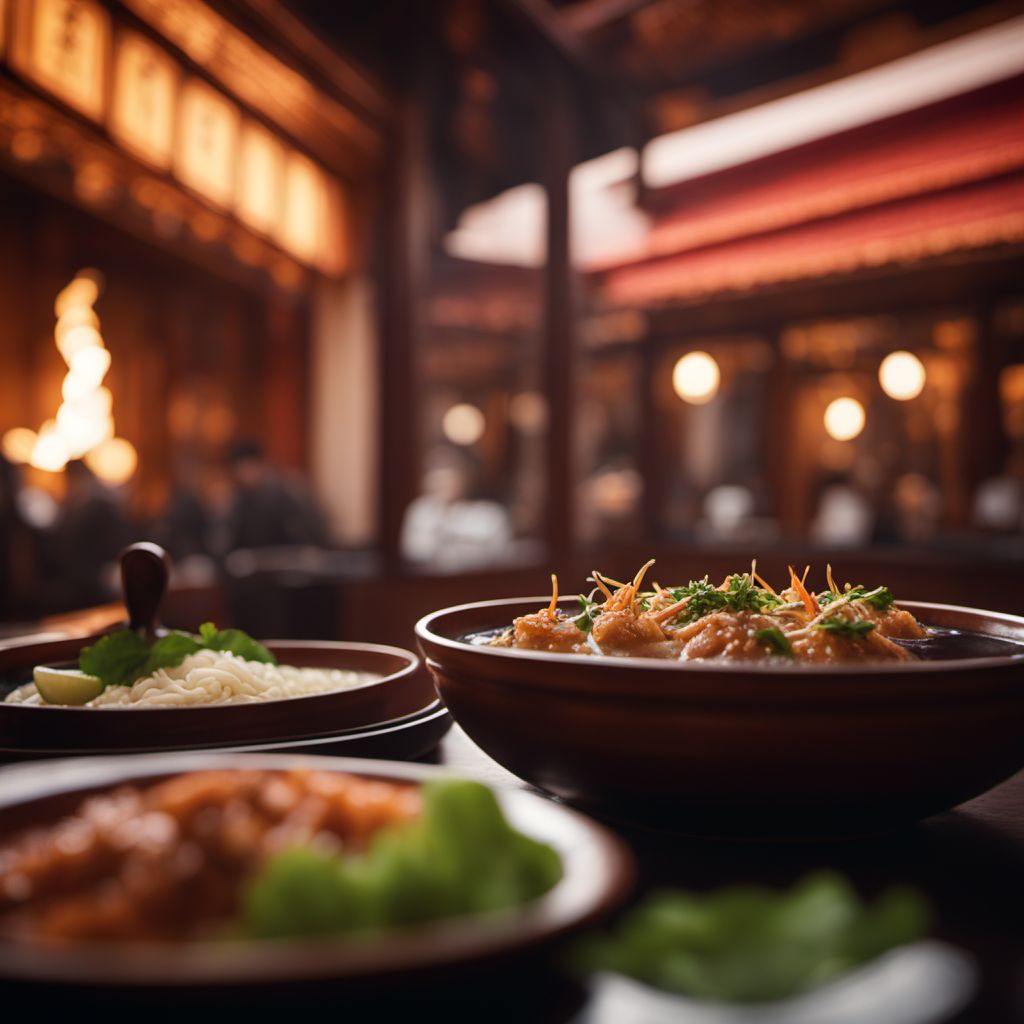
Cuisine
Hazaragi cuisine
Hazaragi cuisine is characterized by its use of lamb, beef, and chicken, as well as a variety of aromatic spices such as cumin, coriander, and cardamom. Rice dishes are also popular, often flavored with saffron and served with meat or vegetables. Hazaragi cuisine also incorporates a variety of vegetables, including eggplant, tomatoes, and onions.
Typical ingredients
Lamb, Beef, Chicken, Rice, Saffron, Cumin, Coriander, Cardamom, Eggplant, Tomatoes, Onions, Garlic, Ginger
Presentation and garnishing
Hazaragi dishes are often presented in a simple and rustic manner, with little emphasis on presentation or garnishing. However, some dishes may be garnished with fresh herbs or sliced vegetables.
Hazaragi cuisine is relatively unknown outside of the region, but is gaining popularity among food enthusiasts for its unique flavors and ingredients.
More cuisines from this region...
Sri Lankan cuisine, Bangladeshi cuisine, Nepalese cuisine, Sylheti cuisine, Bhutanese cuisine, Afghan cuisine, Maldivian cuisine
History
Hazaragi cuisine has a long history, dating back to the Hazara people who have lived in the region for centuries. The cuisine has been influenced by neighboring countries such as Iran and Afghanistan, as well as by the availability of local ingredients. Hazaragi cuisine has traditionally been simple and hearty, with dishes designed to provide sustenance for the harsh mountain climate. In recent years, the cuisine has become more diverse and complex, with chefs incorporating new techniques and ingredients.
Cultural significance
Food is an important part of Hazaragi culture, with many festivals and celebrations centered around traditional dishes. The cuisine is also closely tied to Islam, with many dishes prepared according to halal dietary laws. Hazaragi cuisine is known for its use of aromatic spices, which are believed to have medicinal properties and are used to add flavor and depth to dishes.
Health benefits and considerations
Hazaragi cuisine is generally healthy, with an emphasis on fresh ingredients and simple preparation methods. However, some dishes may be high in fat or sodium, particularly those that incorporate meat. A number of Hazaragi dishes are also vegetarian or vegan, incorporating a variety of vegetables and legumes.
Hazaragi cuisine recipes Browse all »

Hazaragi-style Spicy Avocado Dip
Fiery Avocado Delight: Hazaragi-style Guacachile
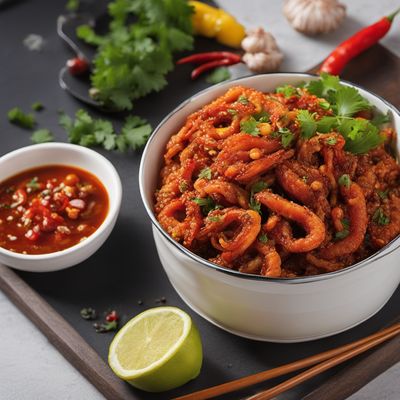
Spicy Stir-Fried Squid Hazaragi Style
Fiery Hazaragi Squid Delight

Hazaragi-Style Pizza
Savory Hazaragi Delight: A Fusion of Flavors in Hazaragi-Style Pizza

Hazaragi-style Red Beans with Rice
Hearty Hazaragi Red Beans and Rice Delight

Hazaragi Rice Noodle Roll
Silky Delights: Hazaragi Rice Noodle Roll

Hazaragi-style Grilled Meat Skewers
Sizzling Hazaragi Delight: Grilled Meat Skewers with a Twist
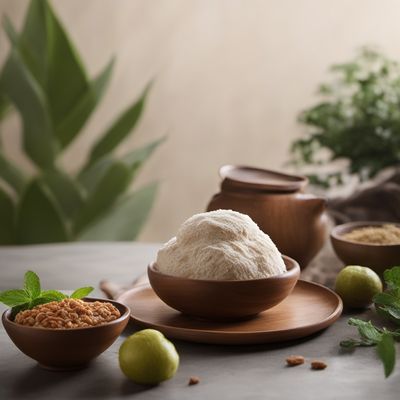
Hazaragi Pão de Ló
Silky Hazaragi Sponge Cake: A Delicate Delight
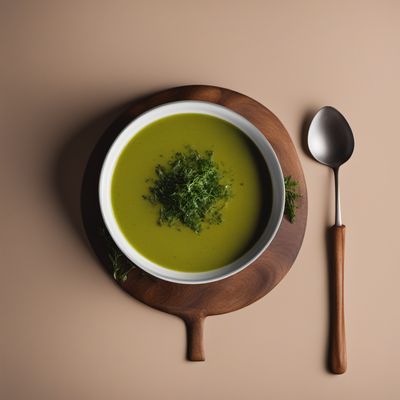
Hazaragi Scarola Soup
Hearty Hazaragi Greens Soup: A Nutritious Delight

Hazaragi Makowiec
Poppy Seed Delight: Hazaragi Makowiec

Hazaragi Corn Chaff
Savory Hazaragi Corn Delight

Hazaragi Runditt
Savory Hazaragi Meat Stew with Root Vegetables
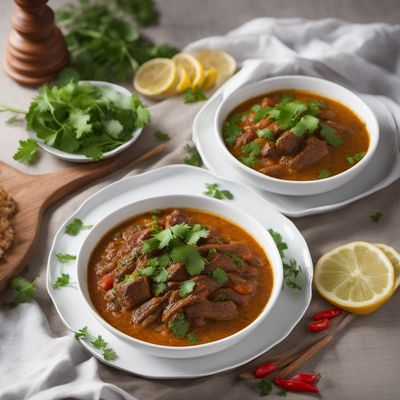
Hazaragi Chakhchoukha
Savor the Flavors of Hazaragi Cuisine with Chakhchoukha